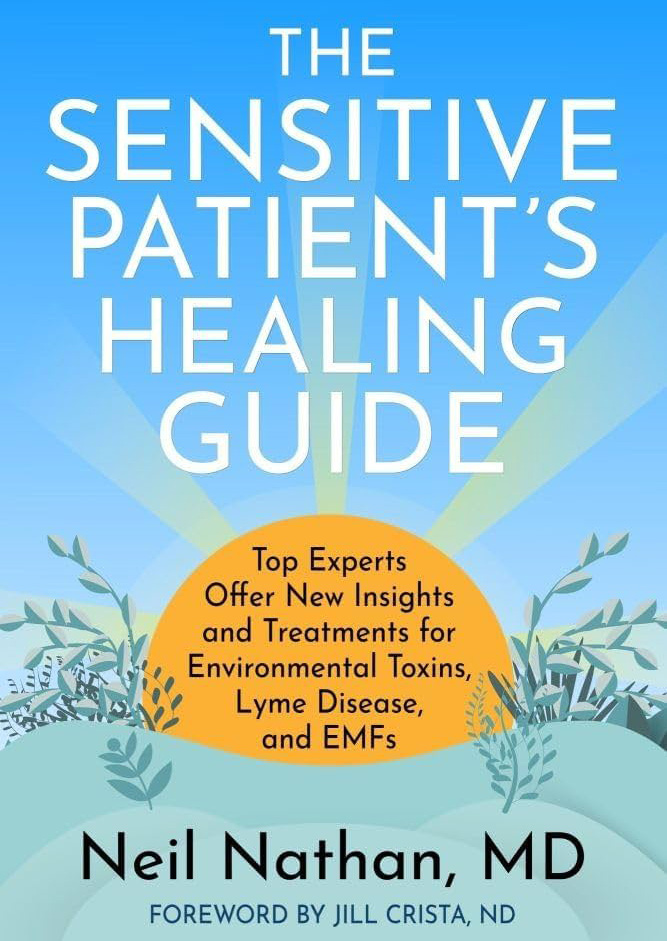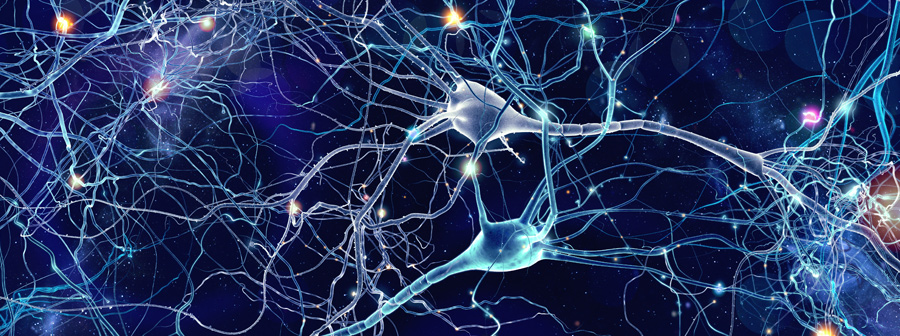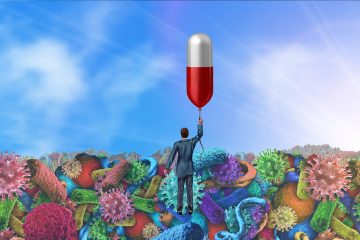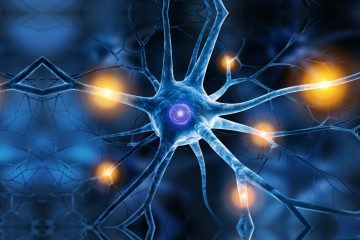Sensitive Patient’s Healing Guide offers Hope and a Game Plan In New Book, Top Experts Offer New Insights and Treatents for Environmental Toxins, Lyme Disease, and EMF's
P eople coping with Lyme disease and co-infections are often plagued with a host of additional complications. For example, they may be suddenly hypersensitive to smells, sounds, or lights. Foods they used to eat with no problem may now make them horribly sick to their stomach. Standing next to someone wearing perfume might leave them gasping for breath. Living or working in a moldy building? Exposure to cell phones and other sources of electromagnetic frequencies (EMFs)? All can bring on serious and debilitating symptoms.
 Unfortunately, individuals in that predicament typically don’t find much help from traditional medical treatments and protocols. But now, there’s an excellent new resource: Dr. Neil Nathan’s book The Sensitive Patient’s Healing Guide: Top Experts Offer New Insights and Treatments for Environmental Toxins, Lyme Disease and EMFs.
Unfortunately, individuals in that predicament typically don’t find much help from traditional medical treatments and protocols. But now, there’s an excellent new resource: Dr. Neil Nathan’s book The Sensitive Patient’s Healing Guide: Top Experts Offer New Insights and Treatments for Environmental Toxins, Lyme Disease and EMFs.
In an introductory chapter, Dr. Nathan notes that for a wide variety of reasons, some people become highly vulnerable to specific stimuli that our nervous systems monitor constantly and carefully. He writes:
“To clarify, when we speak about chemical sensitivity, we’re not referring to a mere dislike of being around strong perfumes but to a significant reaction to any number of scents, including perfumes, of headache, fatigue, cognitive dysfunction and even certain types of seizures.”
Some noises, he explains, can cause a sharp startle effect. Light sensitivity may be so acute that a sufferer must wear sunglasses indoors. And exposure to EMFs can bring on intense fatigue, headaches, or cognitive impairment within minutes of using a computer.
“Just when you thought it couldn’t get any worse,” he writes, “you notice that after eating many of your meals, you immediately begin to itch all over, or have heart palpitations, or an increase in brain fog and fatigue, or bloating and abdominal pain.”
Hypervigilant nervous system
According to Dr. Nathan, this sensitivity is created by a hypervigilant nervous system that is not convinced it is “safe.” He continues, “In fact, it is not safe, so the parts of the brain, specifically the limbic system…the vagus nerve…and the associated cranial nerves…move from a protective mode into an overprotective mode and question every arriving stimulus.”

He stresses the importance of not only accepting the reality of such sensitivities, but also the need to look for the root causes. Moreover, he emphasizes that in his experience:
“Toxins (especially mold toxicity) and infections (particularly Lyme disease and Bartonella) are the most common causes I’ve found. More important, once found, they are treatable.”
Dr. Nathan wrote much of this based on his 50 years of treating medically complex, highly sensitive patients. But he has also enlisted many other experts as contributing authors. Among them: Richard Horowitz, MD, on Lyme disease and Bartonella; Beth O’Hara, FN, on mast cell activation syndrome; and Annie Hopper, on retraining your brain’s limbic system. In all, some 20 specialists provide segments of The Sensitive Patient’s Healing Guide.
- The Neurology, Biochemistry and Physiology of Sensitivity
- The Most Common Triggers for Development of Sensitivity
- Other Triggers and Conditions for the Development of Sensitivity
- Treatments for Sensitive Patients
- Putting it all together (A Guide to Evaluation and Treatment of the Sensitive Patient)
If you or a loved one suffers from these kinds of sensitivities, I urge you to get your hands on a copy of The Sensitive Patient’s Healing Guide. It offers a wealth of information about many topics that mainstream medicine barely acknowledges. Furthermore, it will legitimize your personal experience and offer you a game plan for recovering your health.
Editor’s note: Any medical information included is based on a personal experience. For questions or concerns regarding health, please consult a doctor or medical professional.




























